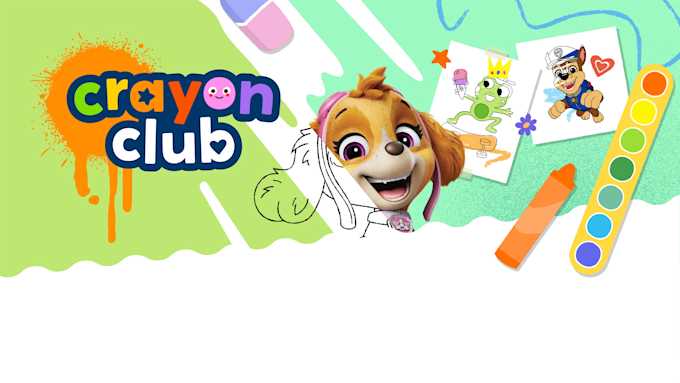The Individuals with Disabilities Education Act (IDEA) stipulates that schools must provide children with disabilities the appropriate services and accommodations. After evaluations by health professionals and educators, an Individualized Education Plan (IEP) will be drawn up where educators, parents, and health professionals will outline the child’s unique needs and the appropriate response. Assistive technology often falls into this category of services accommodations.
What is Assistive Technology?
Simply put, assistive technology is a device or tool that helps someone with a disability function better. Assistive technology improves function in children with both learning and physical disabilities. And, despite the name, these devices are not always hi-tech. Assistive technology has been in the classroom for decades, and sometimes even the simplest things can make a huge difference.
What are the Different Types of Assistive Technology?
Tablets, Computers, and Software
When we think of the word “technology,” these devices are likely the first thing to come to mind. The benefits of computers and tablets are extensive. They are customizable to accommodate the unique needs of each special education student. Adjustable settings help with reading (for example, enlarging text size), play audio and video, record sound and video, have text-to-speech software, can come with touch-screen options, and even have gesture recognition technology for hands-free commands and typing make tablets and computers as strong assistive technology devices.

A few types of assistive technology software include:
Games. Educational games of all types are an excellent tool for learning. Aside from breaking up the monotony of the traditional lecture-based classroom, games have the added benefit of catering to different learning styles. They also create an interactive world, allowing tactile learners to navigate lessons using touch, sound, and sight.
Word processing software. Writing software has come a long way. The inclusions of word-prediction and grammar-checks are particularly helpful for those students with speech or language disorders.
Text-to-speech (TTS). TTS is a technology that reads digital text out loud. TTS is helpful for students who struggle with reading and those with learning disabilities or speech-language disorders.
Importantly, digital devices and software accommodate collaborative learning and instantaneous communication. Files can easily be shared between students during group projects, or students can navigate a virtual lesson alongside their peers. Students can turn in their assignments “online” or work through educational software at home. For special education students, these devices are of particular importance because they are customizable to accommodate the unique needs of each student.
Devices for Physical Disabilities and Impairments
While this category may seem less sophisticated, it is sometimes the simplest accommodations that provide the greatest assistance. Children with visual impairments benefit from braille materials, notebooks with raised margins and lines, large-text books, and audio options for books and instructions. Hearing aids and closed captioning help those who are deaf or hard of hearing. For students with motor coordination difficulties, pencil grips and book holders improve writing and reading abilities.
Sources:
- Assistive Technology in Special Education: https://online.uwsuper.edu/articles/assistive-technology-in-special-education.aspx
- Assistive Technology Devices:
https://www.disabilityrightswa.org/publications/assistive-technology-special-education-students/



